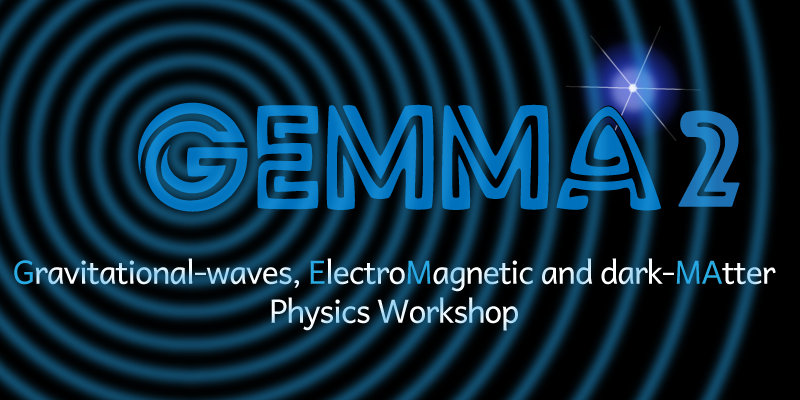Speaker
Description
The first half of LIGO-Virgo-KAGRA's (LVK) fourth observing run (O4) concluded earlier this year. During the eight-month observation period, the number of gravitational-wave candidates has almost doubled compared to the total number of events reported from the first three observing runs combined (O1, O2, and O3) and includes the gravitational-wave event GW230529; a gravitational-wave signal from the merger of a neutron star and a ~3.6 compact object located in the region between neutron star and black hole masses. The properties we infer from these observations have broad implications for the physics and evolution of massive stars, supernova mechanisms, our understanding of different subpopulations of compact binary systems and more. In this talk, I will discuss some of the open questions in gravitational-wave astronomy following O3 and the prospects for improving our understanding of these questions with O4 and beyond.

